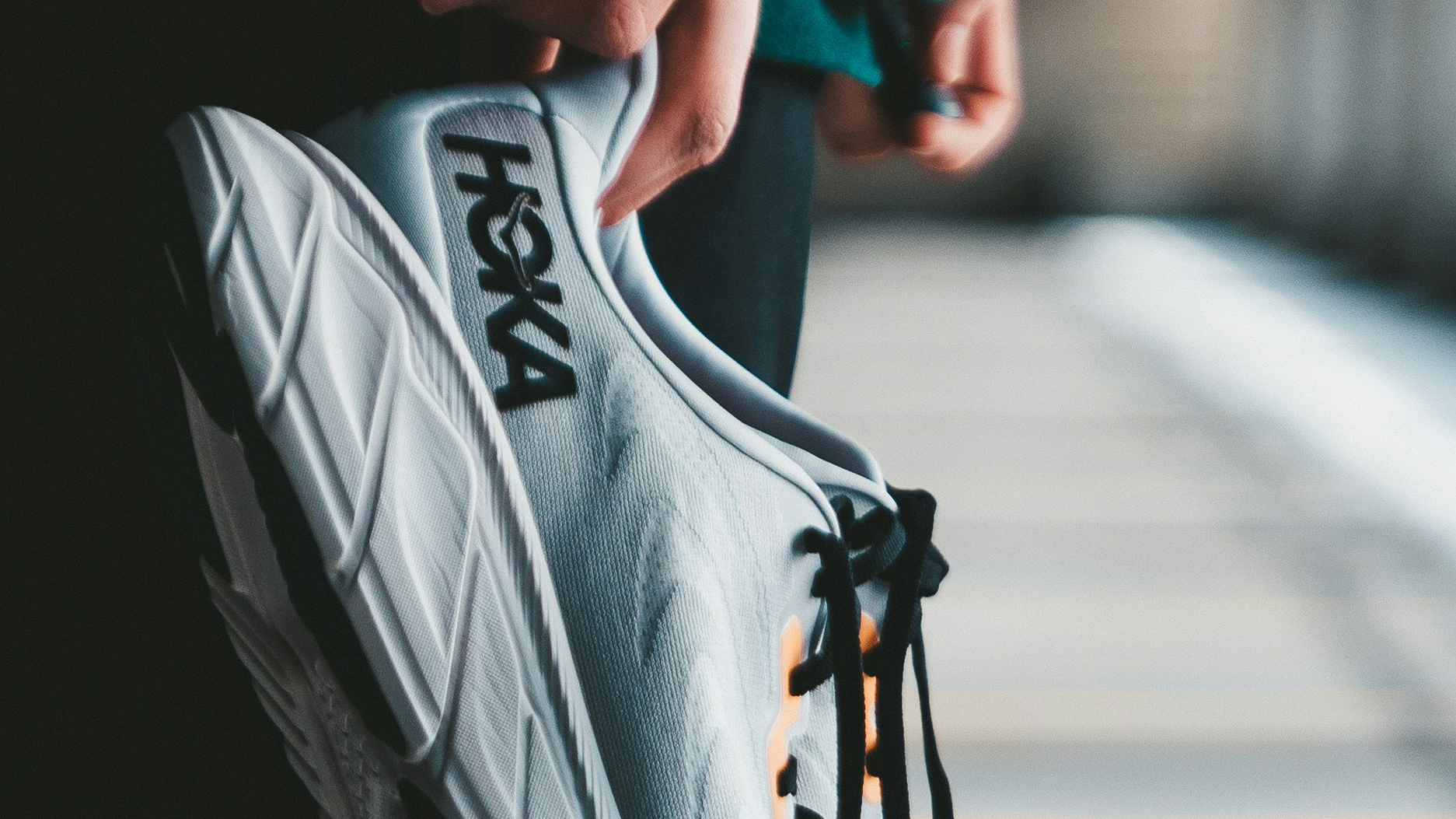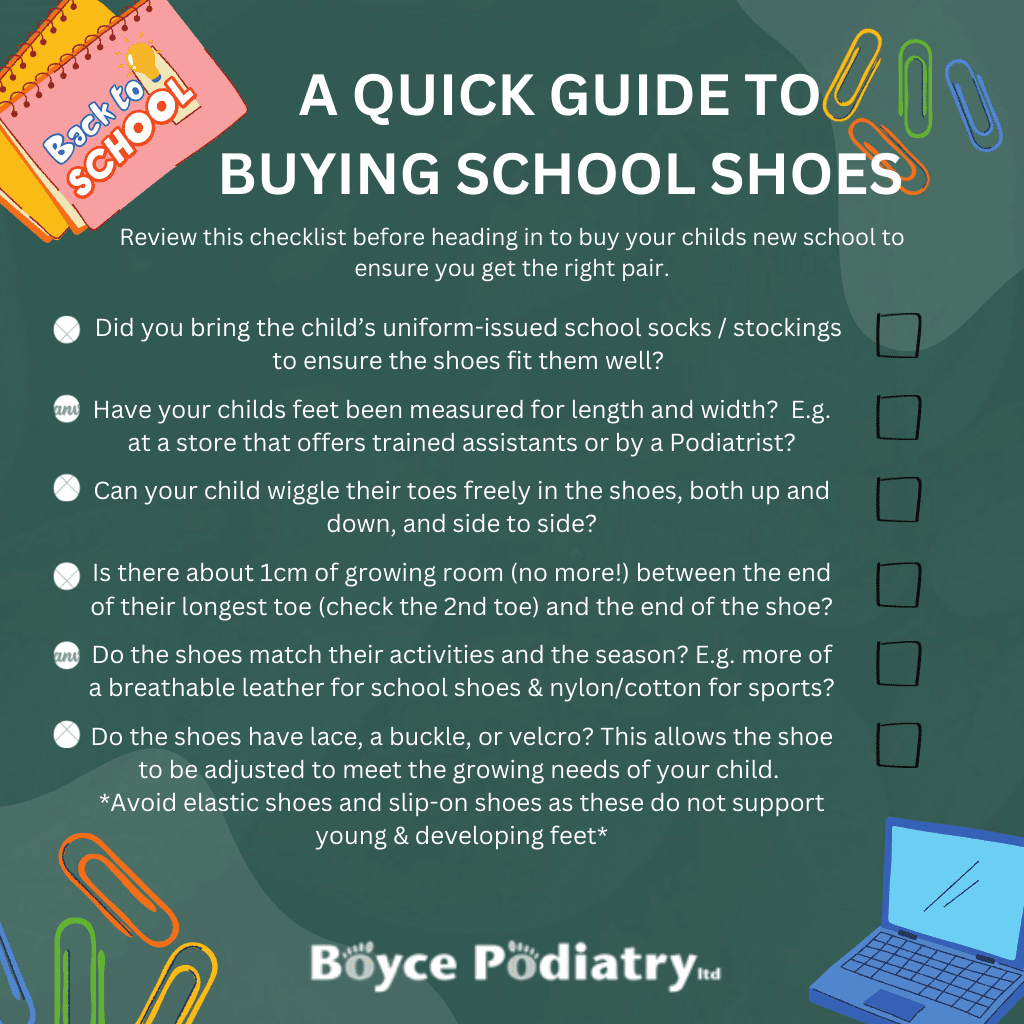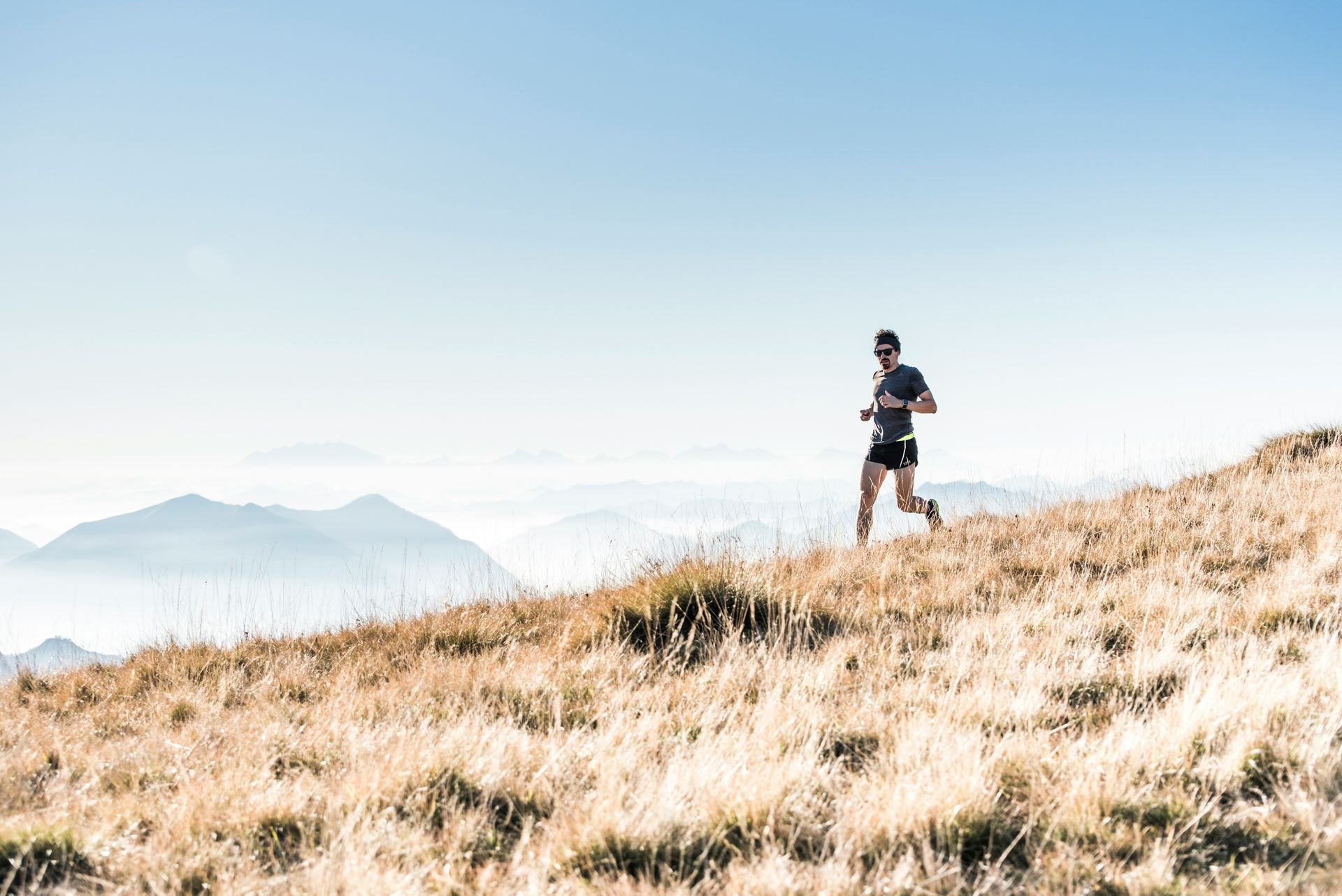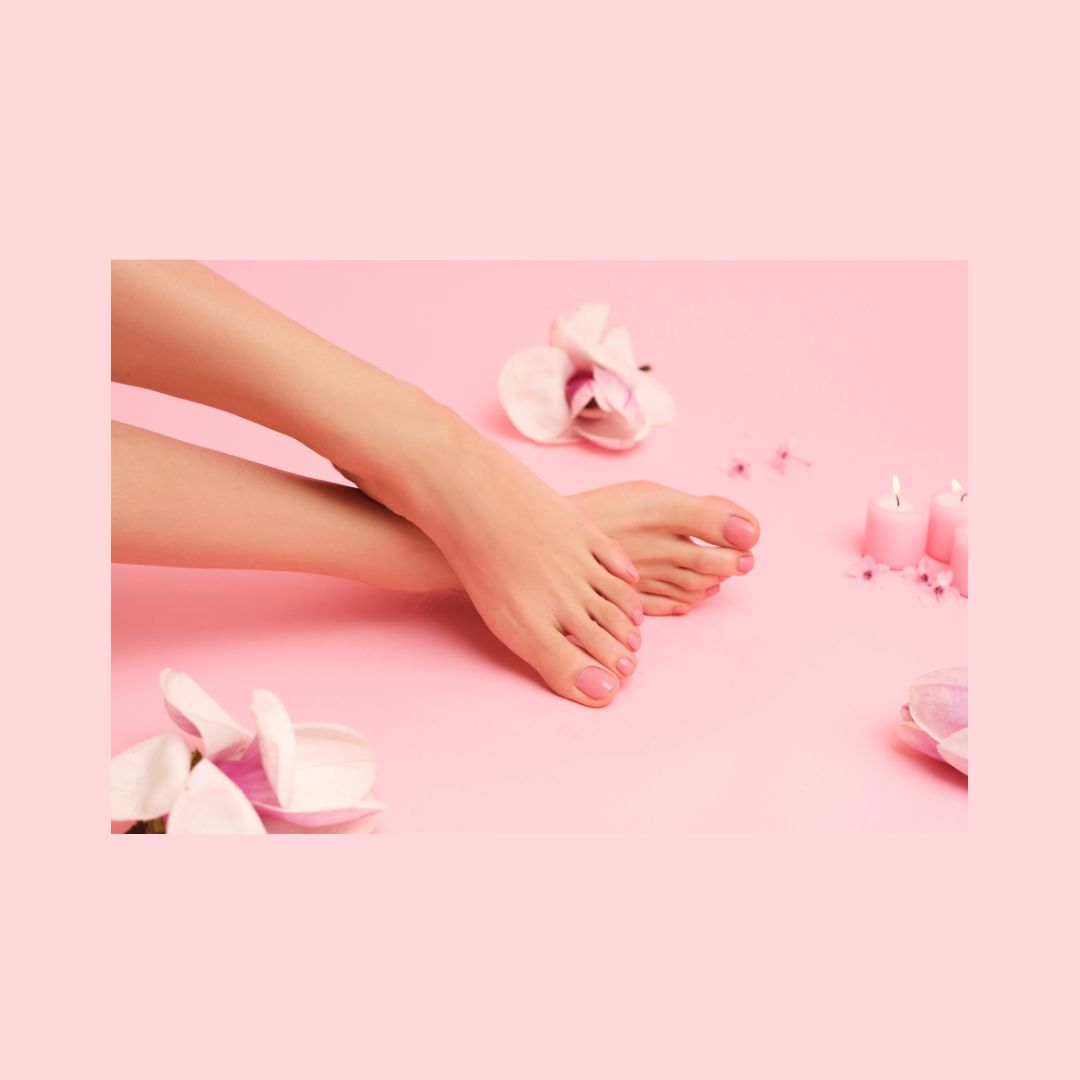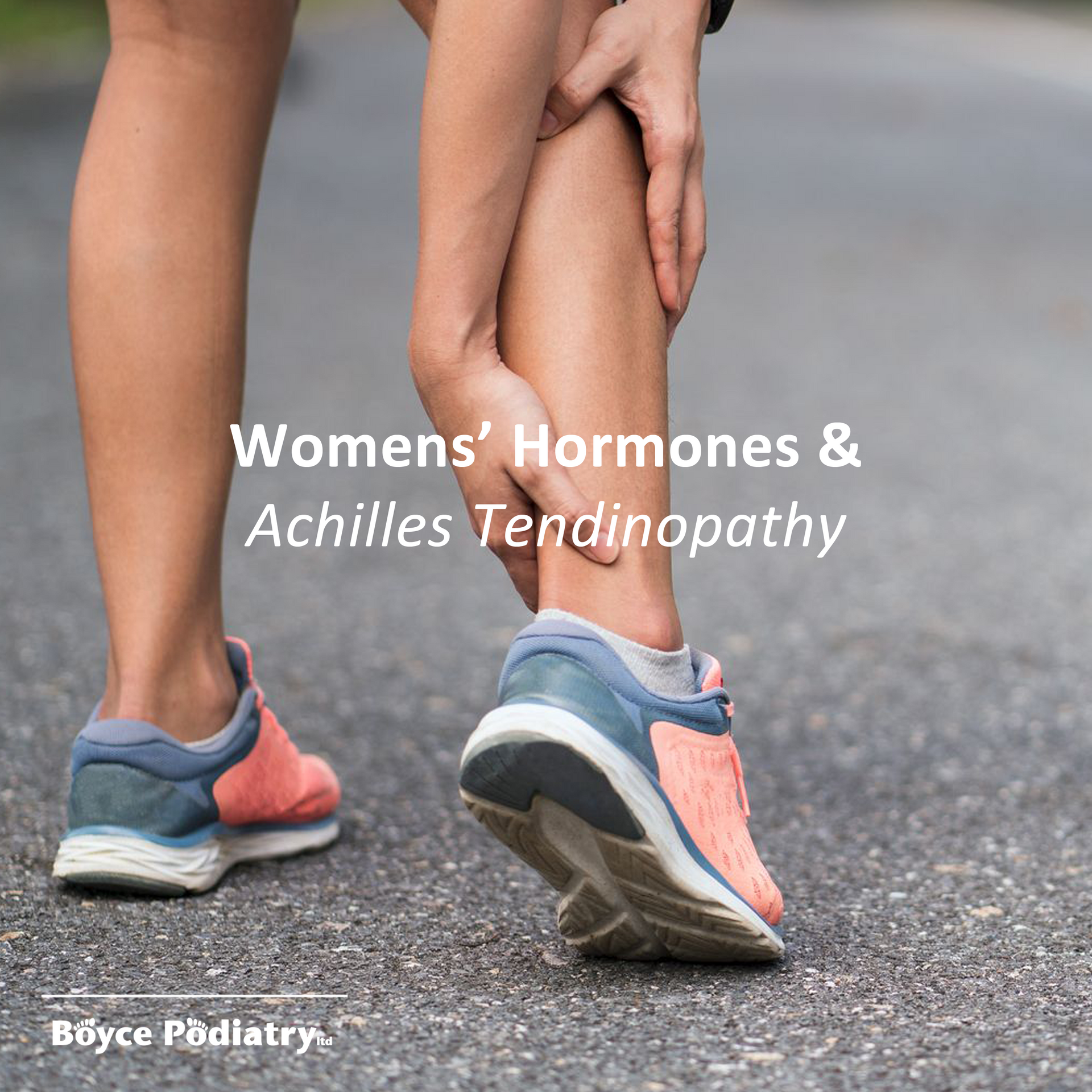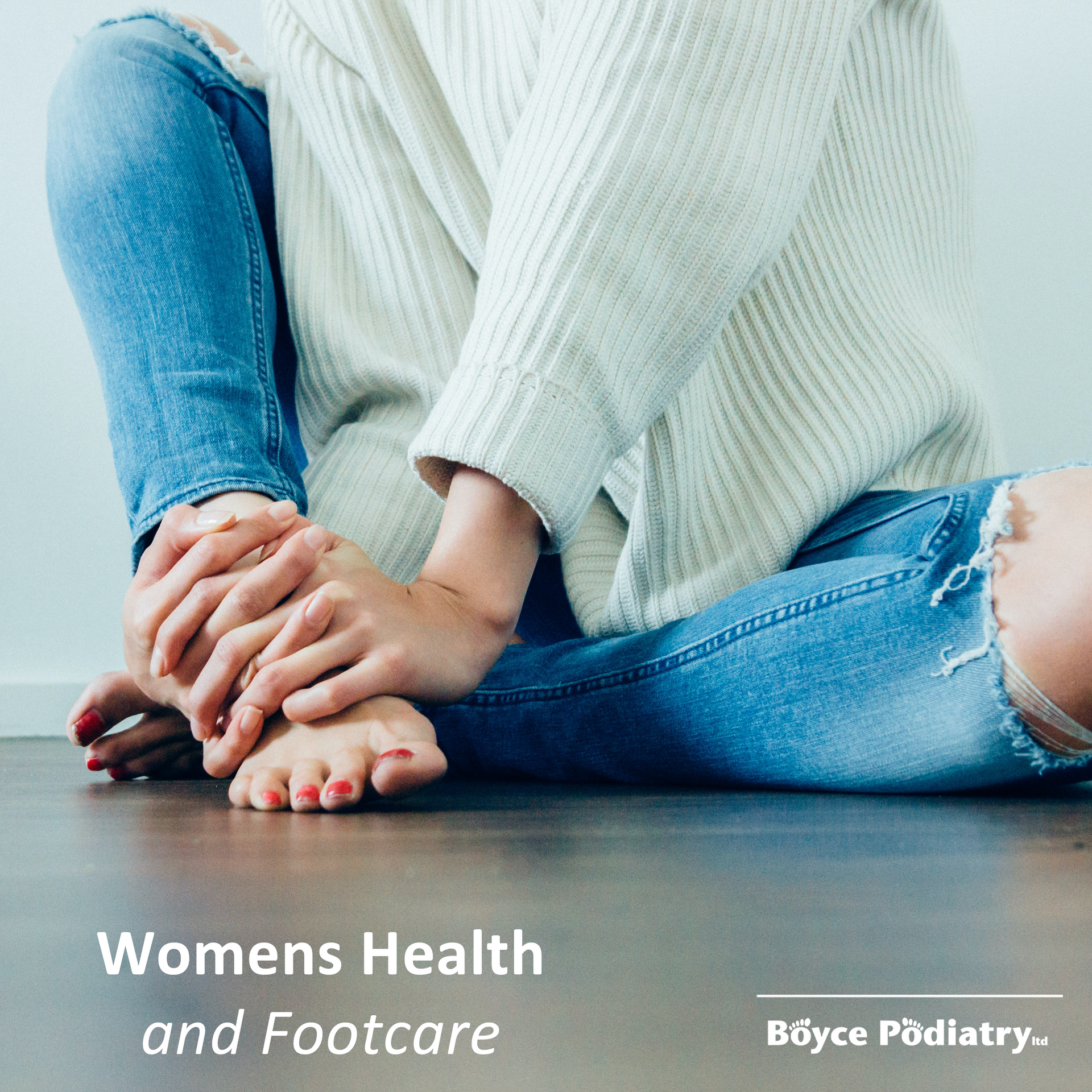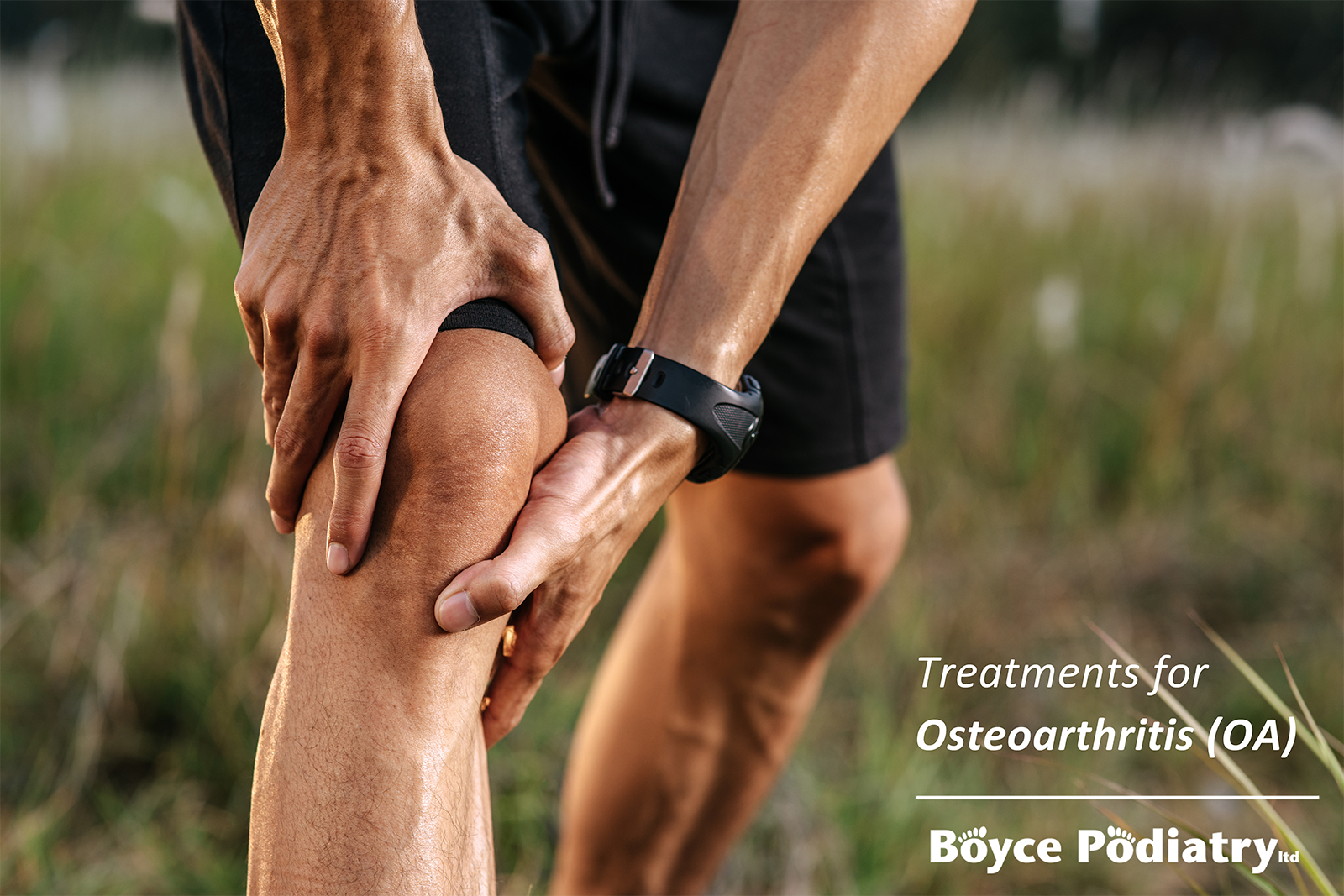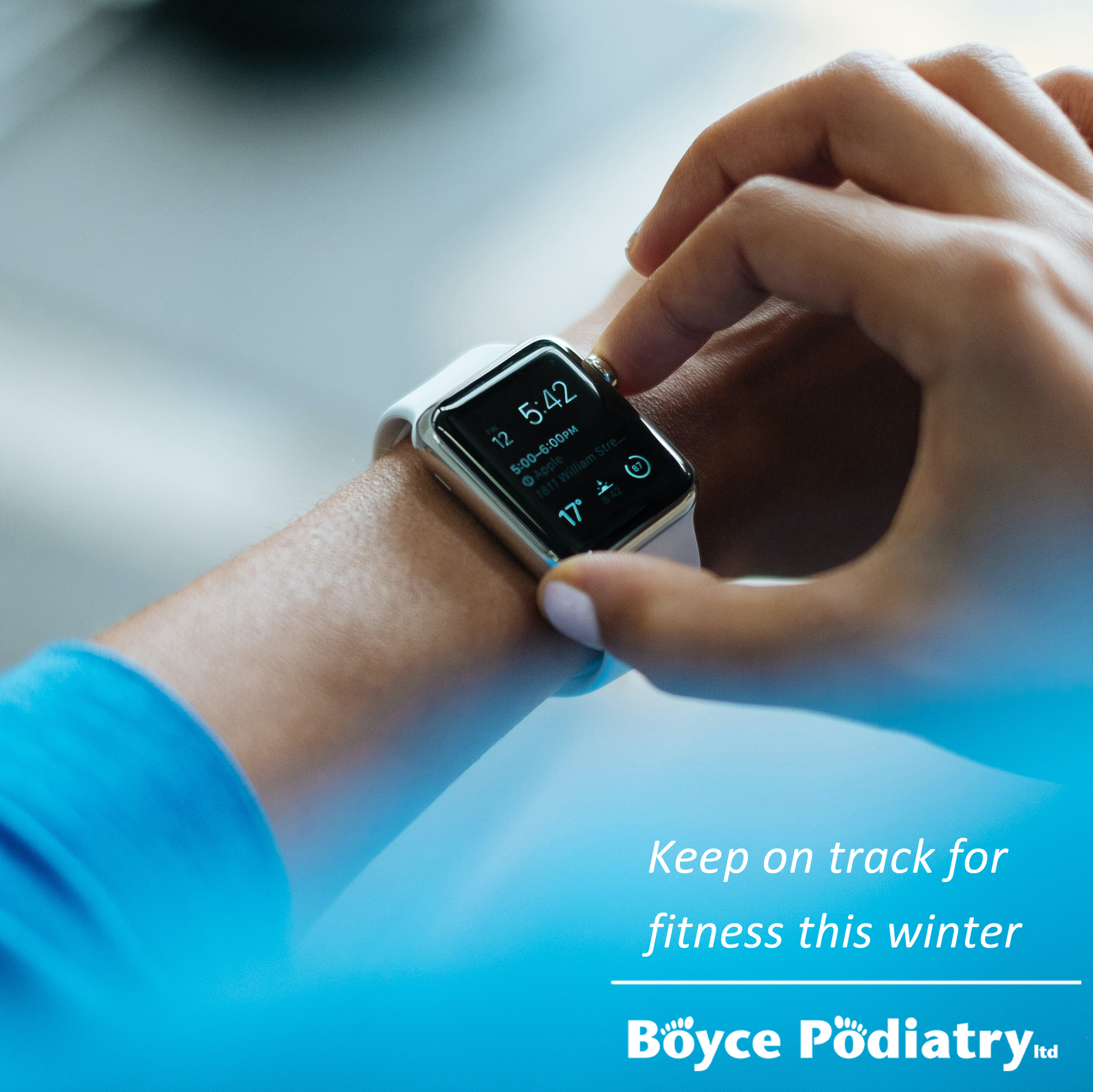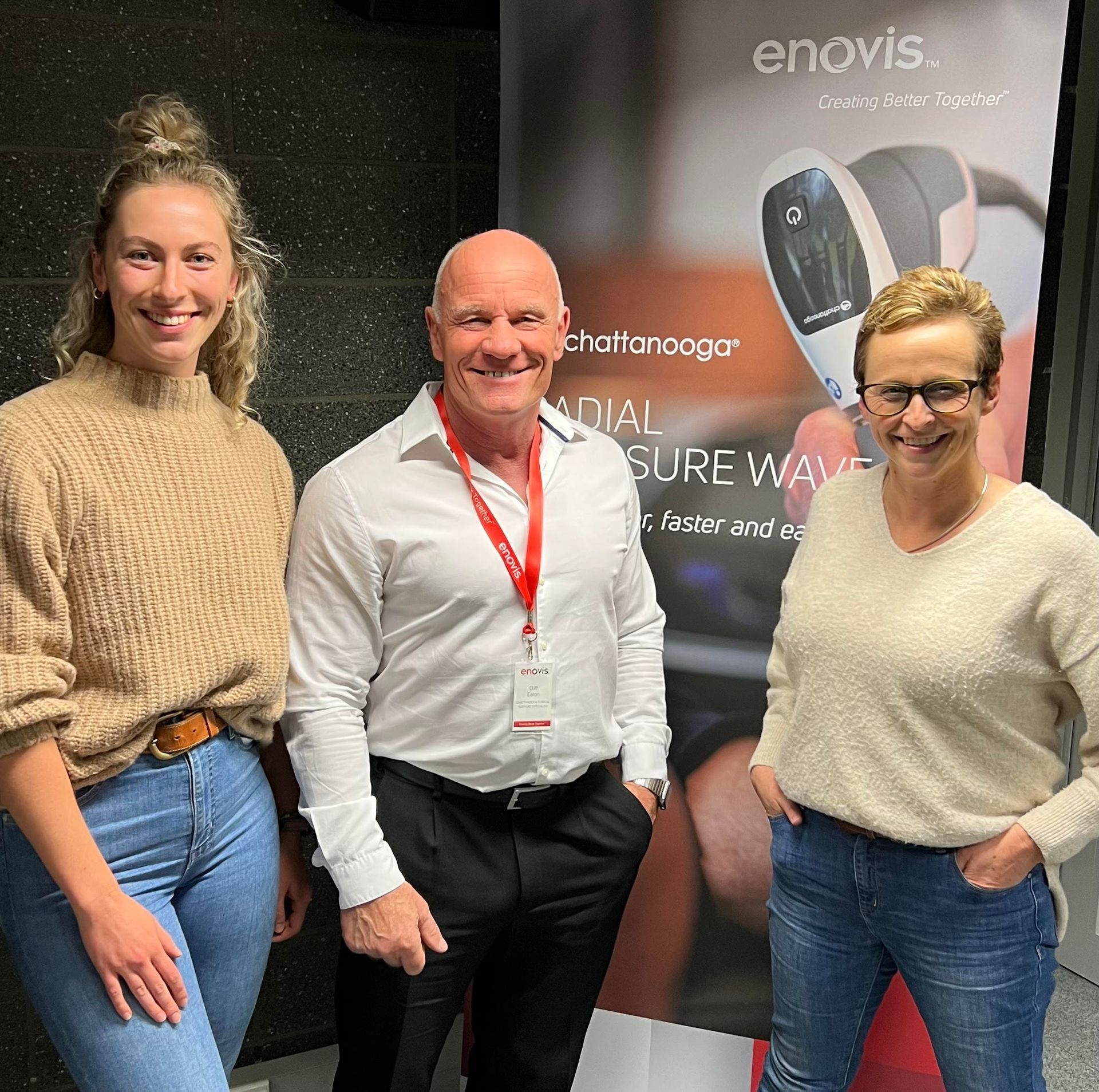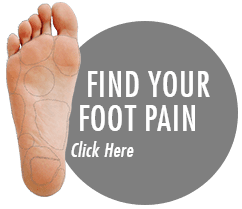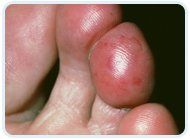Do You Suffer From Cold Feet?
Chilblains and Keeping Your Feet Warm This Winter
Chilblains (CBs) are a sure sign that winter is here. They are usually identified as a recurrent localised, red, itchy, swollen and painful lesion on the fingers or toes. They can occur on many other sites for example the ears or nose. It is a relatively common problem affecting about 10 percent of the population and more commonly affects women.
Why do they occur ?
Chilblains are a result of a rapid and/or prolonged change in temperature of the environment from cold to hot. The rapid change in temperature triggers an abnormal vascular (blood supply) reaction.
Common triggers:
jumping into a bed with cold feet and the electric blanket on high
putting your feet in front of the fire or heater to warm up after being outside, getting the car on a frosty morning and turning heating onto your feet to warm them up.
Not wearing warm socks when heading outside on a cold winter day. Thin stockings are not warm.
jumping into a hot bath or shower after being outside in the cold.
Other predisposing factors may include:
· Exposed sites open to friction and pressure such as ill fitting shoes and nylon socks.
· Trauma to the blood vessels that supply the extremities such as the toes. An example of this might be blockage of a small artery after surgery.
· Poor nutrition such as a vitamin K,C,D,E deficiency
· Another type of circulator disorder may also coexist and predispose to chilblains. Raynauds Phenomenon is a disorder similar in character to chilblains that may actually result in chilblains.
· Concurrent diseases such as arteriosclerosis, diabetes, endocrine imbalance and leukemia.
How do they Occur?
When exposed to cold, small arteries constrict to reduce blood flow to the toes and to avoid heat loss. As the temperature warms, arterial shunts close and redirect blood back into the superficial blood vessels of the toes. This stage is responsible for the stinging, tingling, numbness and itchy symptoms. This typically is when we notice the red chilblain lesion.
How do treat chilblains?
Unfortunately there is no easy or quick fix solution to this problem once it has occurred. However there is a common popular belief that prevention is a lot better than treating the underlying symptoms.
Prevention:
Avoid extremes in temperature. This can be done by wearing dry clean thick woolen socks (keep a spare pair handy in case the pair you are wearing unexpectedly get wet), don’t use bare feet, wear damp shoes or damp insoles. Wear shoes appropriate for the conditions e.g. boots in the garden, try to avoid metal capped boots as these promote heat loss. Put socks on before bed to warm your feet up. Anecdotally Vicks Vaporub massaged into the toes before you head out into the cold and when you go to bed can help temporarily increase superficial circulation. Weleda also has a Frost Cream.
Short term treatments
These depend on the stage the CBs are at. If they are in either of the first two stages a mild topical blood stimulant can be massaged into the affected area to promote gentle return of blood. During the Third stage topical anti puritics ( to stop itching) can be applied, such as witchhazel. Your podiatrist can advice you on the best use of these, as well as help to reduce areas of pressure and stress in the foot which may encourage CBs. Plastazote insoles can also help insulate the shoe against the cold.
Long term chronic chilblains:
There is some oral medication that may be used in the very worst cases. The benefits of this are still rather controversial.
